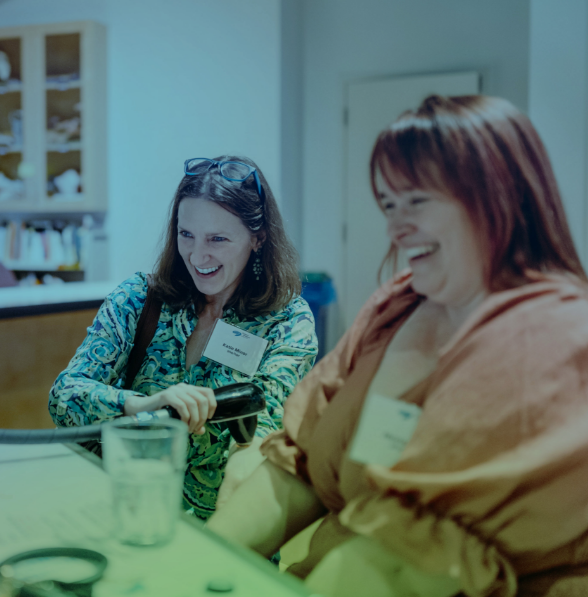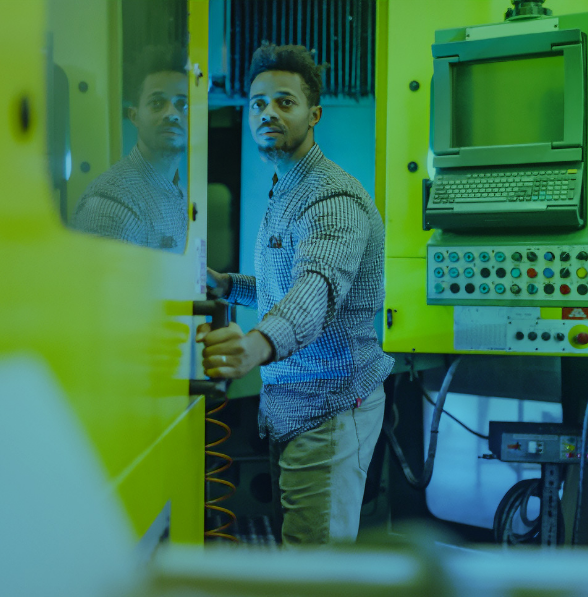STEM Education
Equally as significant as the transformation of the Museum experience is the $50 million fund dedicated to keeping Minnesota at the leading edge of science education and science-informed decision making.
This $50 million fund, raised and largely deployed over a 7-year horizon, will go toward priorities including:
The continued revitalization of renowned initiatives like the Kitty Andersen Youth Science Center, which has been at the national forefront of STEM justice education for more than 25 years, and which continues to innovate, break barriers, and open career pathways.
Customized professional development programs for teachers across Minnesota, ensuring that educators in all 87 counties are well-prepared to guide curious young minds through the ever-changing landscape of STEM education.
Sustained reinvestment in exhibitions so that our learning content continues to thrill and inspire.
Original, independent research on regional climate change actions and water quality, which will help inform both the general public and policymakers on essential issues.




The Science Museum puts equity at the center of our work, ensuring everyone—particularly girls and people of color—can discover themselves in science.
This vision aligns with an incredible opportunity. STEM careers—spanning a range of fields including agriculture, health care, manufacturing, data science, energy, aerospace, and vaccine development—are projected to grow over 2x faster than all others combined over the next decade. These jobs pay much higher than most and directly tie to Minnesota’s future vitality.
In Minnesota, our traditions of innovation and education have powered companies like 3M, Medtronic, and many others. Together, we can do more.
While talent is evenly distributed, opportunity is not. Women make up just 26% of Minnesota’s STEM workforce today, and only 12% of STEM workers identify as non-white. Research shows that if we better cultivate and engage the incredible talent around us, our corporate, government, and nonprofit sectors will all become smarter, more creative problem solvers—qualities we need to solve the hardest issues, from climate change to food insecurity.